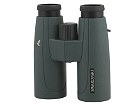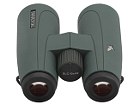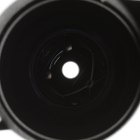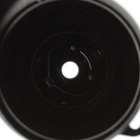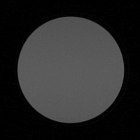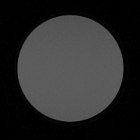Swarovski SLC 10x42 W B
Nowadays the situation is a bit different. Only 42 mm and 56 mm models remained in that line and they have undergone modifications during the last several years. In 2011 we tested the Swarovski SLC 10x42 WB HD which, almost three years ago, was superseded by the Swarovski SLC 10x42 W B. The housing was changed but also new antireflection coatings were added. What’s interesting the minimum focusing distance became noticeably bigger.
The SLC pairs of binoculars of 42 mm class feature Schmidt- Pechan roof prisms and 4-element objective lenses with one HD extra-low dispersion element with fluoride. Reflecting surfaces are covered by special dielectric and phase-correction coatings. Additionally all air-to-glass surfaces are fully multicoated and the exterior lenses have additional hydrophobic Swarovski's SWAROCLEAN lens coating added to them.
Buyers get both caps, a comfortable strap and a stylish case in the box. The pair of binoculars comes with a 10-year warranty period.
| Magnification | Lens diameter | Angular field of view | Prisms | Eye relief | Weight | Price |
|---|---|---|---|---|---|---|
| 10 | 42 | 110/1000(6.3o) | BaK-4/roof | 16 mm | 790 g | 6299 PLN |
Summary
Pros:
- light, compact, very solid housing,
- very good transmission,
- good correction of chromatic aberration,
- negligible astigmatism,
- slight coma,
- sharp image in almost all field of view,
- imperceptible brightness loss on the edge of the field,
- tubes with excellently blackened interiors,
- good quality prisms and coatings,
- very good colour rendering.
Cons:
- a bit too much rubber armour on the housing,
- minimum focusing distance of 3 metres.
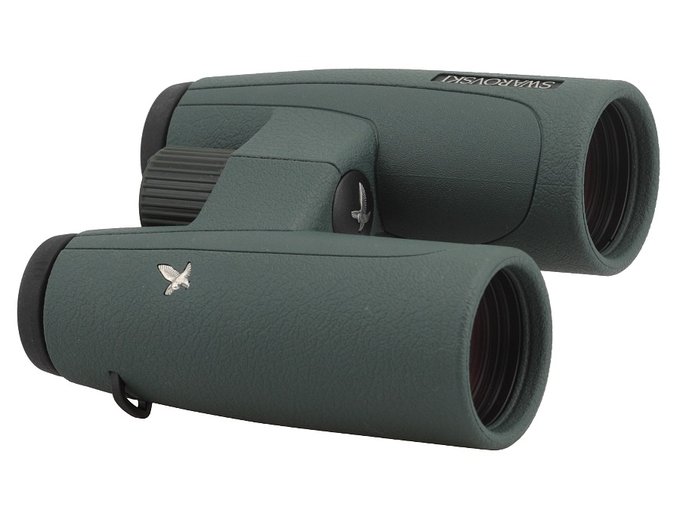 |
The result of the new Swarovski SLC model is almost the same as the result of its direct predecessor. What the new device gained by a better colour rendition and transmission it lost due to flaws of the housing, a worse minimum focusing distance and the appearance of exit pupils. In all other categories the results are, within the margin of error, practically the same.
 |
The transmission graph is worth a closer look – apart from the housing and the mechanics it is the main difference between the tested binoculars and their predecessor.
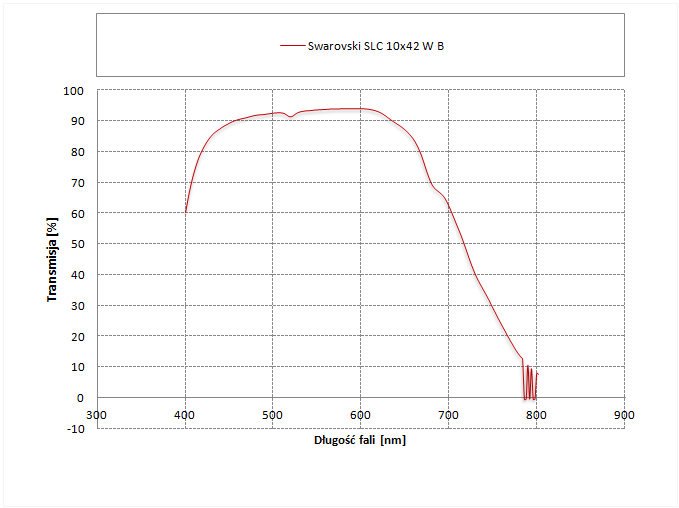
The improvement is noticeable. A distinct incline of the transmission line was eliminated and its value increased so, in the centre of the visible spectrum it reaches a high level of 92-93%. It means the binoculars are able to deliver more light to your eyes than their predecessor and the colors are more lifelike.
I don’t know one thing: why the producer decided to lengthen the minimum focusing distance by over one meter. I completely don’t understand that move.
New SLC Swarovski binoculars are a very good optical instrument; still the competition is fierce. You pay almost the same amount of money for the Leica Ultravid HD Plus which was able to get a slightly better result in our test and is a tad physically lighter. If the weight and dimensions aren’t your priority you might consider buying the cheaper Zeiss Conquest HD which additionally features a wider field of view. As you see the choice is rather wide and for us, the customers, it is a very good piece of news.







